Results 51 to 60 of 99
Thread: Kagi-ba-Sword forging shop
-
10-31-2011, 03:43 AM #51Bladesmith by Knight


- Join Date
- Jun 2007
- Location
- Murrumba Downs, Queensland, Australia.
- Posts
- 571
Thanked: 203 Respectfully,
Respectfully,
Adam.
-
11-03-2011, 05:17 AM #52

Moving on I want to talk about the air supply for the forge.
I really like using a Fuigo or Box bellows. It was developed somewhere around the 16th century. It is very ingenious device that supplies air on the push and the pull stroke. To me it is the most efficient hand operated air supply you can use.
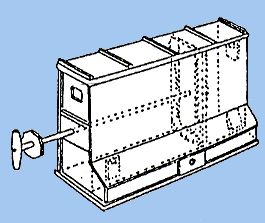
A happy by product is that it creates a very Zen-like experience as you use it. Pushing it back and forth there is a rythmic sound as the valves open and close. The fire seems to breath like a living thing. Sure it is a little work but bladesmithing for me would not be the same without it.
Never satisfied with leaving well enough alone I felt I could improve on the design.
There are two important criteria-ease of use and air flow. So I built a test box and attached a blower with a known CFM.




The little yellow thing is a $34 anemometer. It is used to measure wind speed. One cool little tool let me tell you.
Here is a close up of it doing its thing-Measuring wind speed.
It is showing 54.5 feet per second or 37 mph. Not a hurricane but certainly enough to fan the flames of a fire.
I tried one and two internal flap valves and one and two exit pipes.
Multiple valves and multiple exit pipes seemed to be best so on with the build.
The proof would be in the ease of use and actual air flow from the fuigo.
One thing I did not measure was air pressure. A squirrel cage blower like I am using here does not create a lot of air pressure and does not fight back against back pressure as in forcing air through a charcoal pile.
A fuigo on the other hand is really a hand operated air compressor. You are taking a large volume of air and forcing it though 2 inch pipes. The more pressure you have the better airflow through the fire. The down side is that you have to push harder to make it work. That is why a 5hp compressor can compress a larger volume of air at a given pressure than a 2hp compressor.
So balancing ease of use with air flow/pressure is critical.Last edited by Danocon; 11-03-2011 at 05:21 AM.
-
The Following User Says Thank You to Danocon For This Useful Post:
spazola (11-03-2011)
-
11-03-2011, 05:51 AM #53

Thanx for the update .
Your previous diagram shows the Fuigo beside the forge. Could you explain how the 2" pipes hook up to the forge i.e. what path they would take.The white gleam of swords, not the black ink of books, clears doubts and uncertainties and bleak outlooks.
-
11-05-2011, 10:56 PM #54

Dancon;
What is it that is more important to the fire in a forge, the volume or the velocity? Is there a balance point between the size of the fire, the volume and the velocity? You appear to have done your homework, did you find that this is something that may be calculated?
I would think that it will vary by each forge design and size, therefore each individual forge (design) would have a bit of a learning curve. Is this true or is close enough good enough?
Jeff
-
11-06-2011, 01:34 AM #55

 Jeff,
Jeff,
Velocity is very important- up to a point of course. Take the same volume of air and blow it at 1 mph and you get almost nothing. Blow the same volume of air at 60mph and you will have an uncontrollable fire. I am sure that the balance point between size of the fire, volume and velocity can be calculated but not by me.
As you will see later I ended up using 4 2" pipes blowing at 30 ftps. for a total CFM of 154.
This may be overkill and burn up my charcoal too fast.
The fuel is another huge factor. I went with this enhanced air flow thinking that what I had before was not enough. I just could not get the big fire you see Japanese swordsmiths getting even though I was using pine charcoal same as them.
Turns out it was more about the quality of the charcoal.
Making the right charcoal has been a long and winding road let me tell you. I am still at it and I won't go into it here.
The calculations I did where more of a guide as to where to start rather than a definitive answer.
There are just too many variables. I like it like that
Dan
-
The Following User Says Thank You to Danocon For This Useful Post:
skipnord (11-06-2011)
-
11-07-2011, 09:06 AM #56

I recently read a thread over on a knife forum.
Guy asked how do I get from here to there (nice customs). The answer (more or less) was worry less about the desired product and enjoy the process. You will be more likely to stick with it long enough to gain the skills necessary.
"There are just too many variables. I like it like that" Yeah me too
Jeff
-
11-07-2011, 01:26 PM #57"My words are of iron..."


- Join Date
- Oct 2006
- Posts
- 1,898
Thanked: 995
One of the nicest things about this style of blower is that it is hand powered. You'll get immediate control and feedback about how much or how little to push to get the right air flow. Looks good!
 “Nothing discloses real character like the use of power. Most people can bear adversity. But if you wish to know what a man really is, give him power.” R.G.Ingersoll
“Nothing discloses real character like the use of power. Most people can bear adversity. But if you wish to know what a man really is, give him power.” R.G.Ingersoll
-
12-05-2011, 05:13 AM #58

Sorry I haven't posted on this in a while. But work has been getting in the way of my life.

This is a departure from the build but I don't always work in a linear fashion.
My job put me in the right location so her is an account of some prospecting.
At some point I will smelt steel. I hesitate to call it tamahagane. I would reserve that label for the stuff they produce at the annual Tatara in Japan. What they produce is not just a matter of Tatara but also the result of a body of knowledge and experience. Iron sand+ clay vessel+charcoal does not necessarily result in tamahagane.
Anyway- I did some research and found some deposits of Magnetite in Texas. I had already made one run there.
So, I went prospecting again. Bought some ore (100lbs) from the local guys and got them to point me in the right direction where I could look for some myself without trespassing
Looked in several places then pulled up to this low water crossing and within 2 minutes something stuck to my magnet on a stick. Quite a thrill actually.
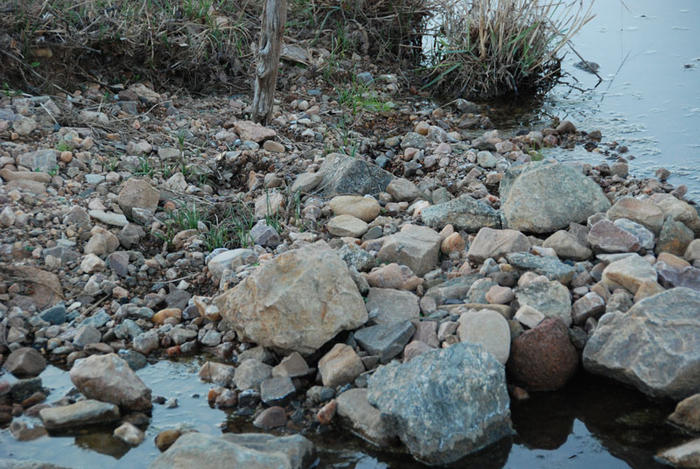
Continued looking and found more.
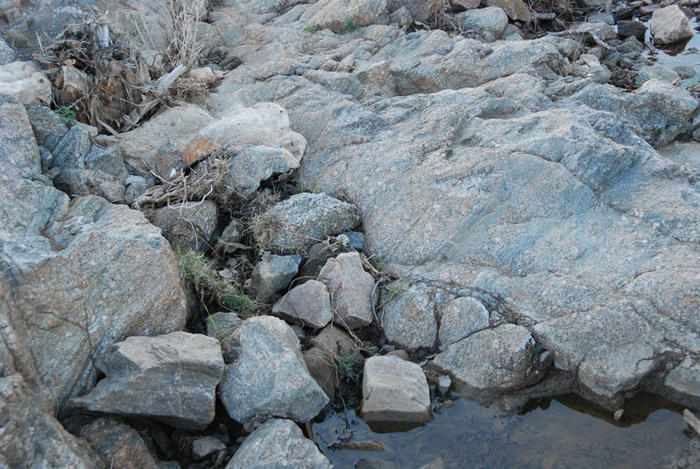
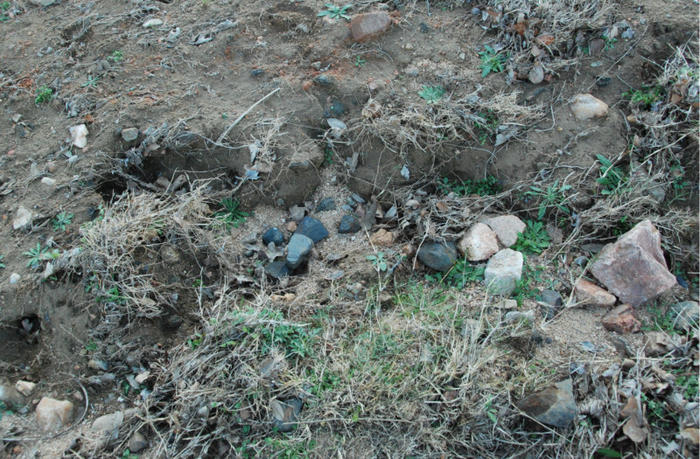
Left this one sitting. Too big to wrestle AND on the other side of the fence. Didn't want to piss off a Texas Rancher.

Found this one about 100 yards from another low water crossing.
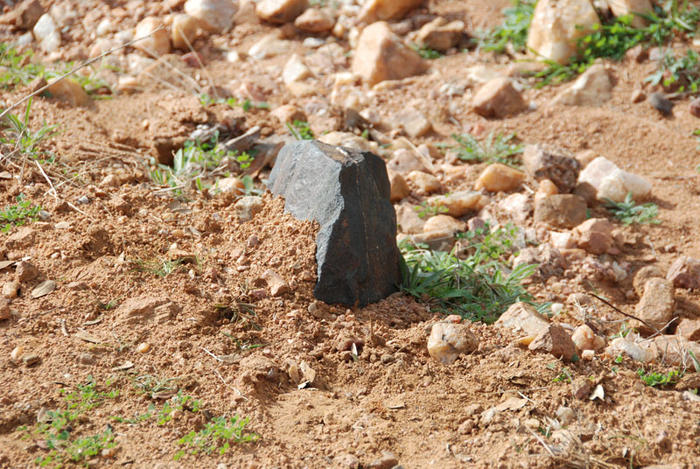
I ended up with about 300lbs total.
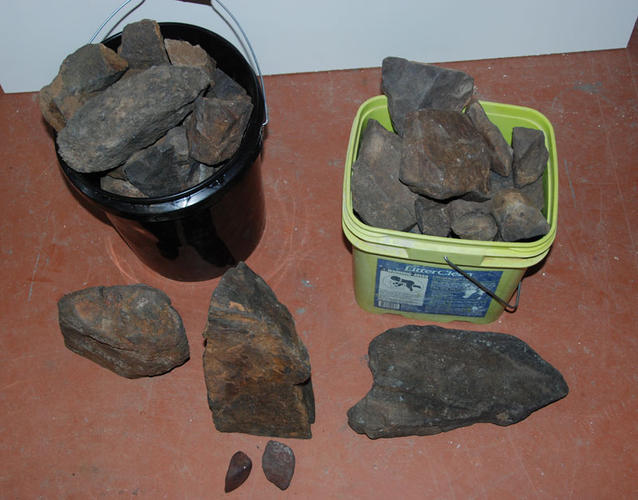
There was some hematite mixed in as well.
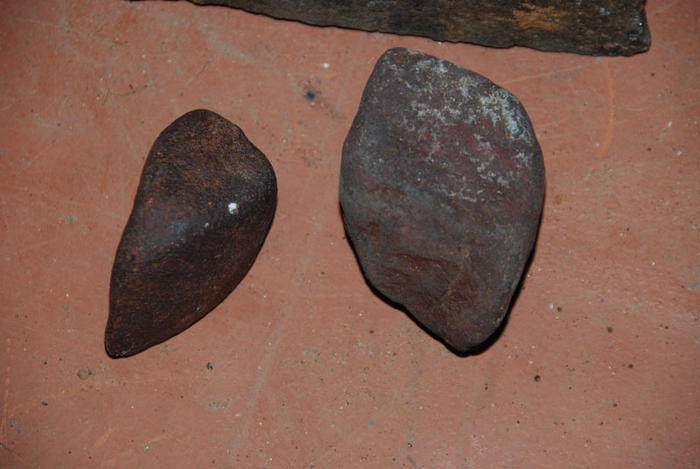
Never saw anybody the whole time but always felt like someone was watching
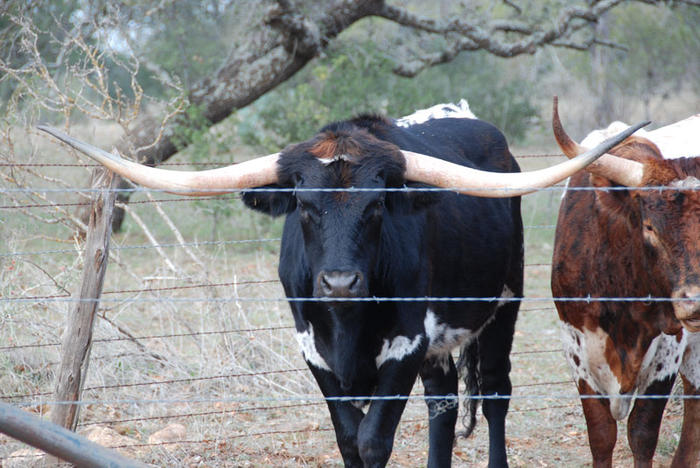
-
The Following 2 Users Say Thank You to Danocon For This Useful Post:
regularjoe (12-05-2011), spazola (12-05-2011)
-
12-05-2011, 03:42 PM #59Senior Member

- Join Date
- Mar 2011
- Location
- Corcoran, Minnesota
- Posts
- 665
Thanked: 170
You are on an amazing journey. Namaste
-
12-05-2011, 07:42 PM #60

This is a fascinating thread. I look forward to enjoying your development here.


 75Likes
75Likes LinkBack URL
LinkBack URL About LinkBacks
About LinkBacks







 Reply With Quote
Reply With Quote


